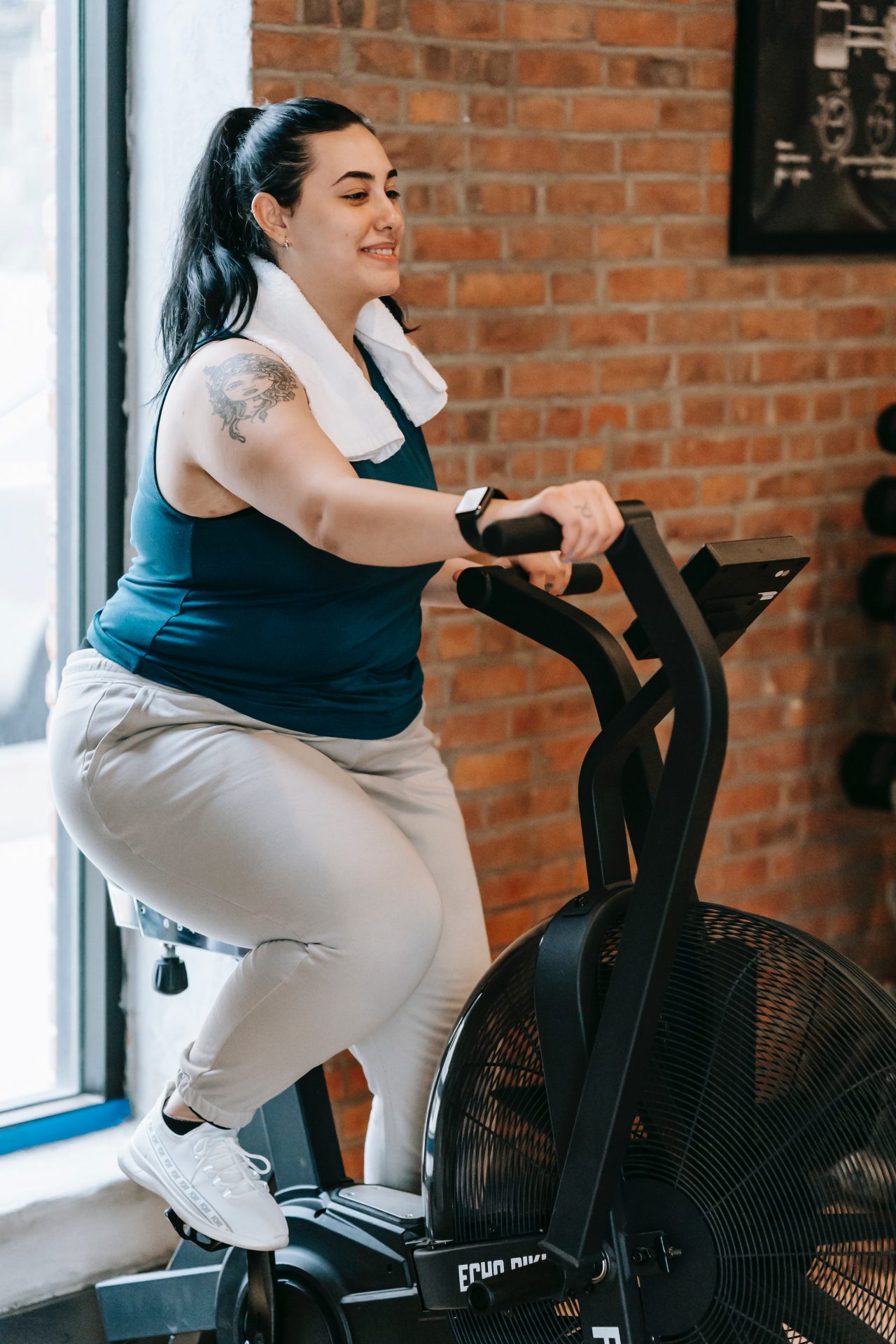The latest research suggests that interval training might not be better than continuous exercise – here’s why.
High-intensity interval training has become the most favoured form of cardio for gym-goers. We’ve all been encouraged to swap long, drudging workouts on the CrossTrainer for short, sharp bursts of work that make us just as sweaty. That’s the main selling point of HIIT: why do 30 minutes of exercise when you could do 15?
And the reported benefits aren’t just about time-saving: a 2020 study found that 12 minutes of HIIT can improve your metabolism, while a 2015 paper reported improvements to cardiovascular function and insulin sensitivity following a 10-week programme.
You may also like
Home workouts: how to do the perfect HIIT circuit
That doesn’t mean that high-intensity circuits are the only way to train, though. In the latest issue of the Journal of Strength and Conditioning Research, two studies compared this type of HIIT to continuous training – that is, maintaining one pace for an extended period of time. The first paper, by researchers at the Institute of Sports Medicine in Hannover, found that HIIT isn’t necessarily better at improving physical fitness than steady-state workouts.
The researchers compared HIIT, sprint interval training, and continuous training, all of which were matched for overall output. They concluded that there is no difference in fat metabolism, oxygen uptake and heart rate between 30 seconds on, 30 seconds off HIIT; a six-second sprint with 24-second pause; and continuous training.

The second study, by researchers from the Department of Kinesiology at the University of Texas, looked at the mental impact of HIIT. They got participants to perform a workout consisting of two minutes of work followed by two minutes of recovery, and a continuous cardio workout that was matched for average intensity and energy expenditure. Researchers noted that there was no change in mood, rate of perceived exertion (how tough participants felt the workout was) and enjoyment of the exercise between the two training types.
While both of these studies were done in small sample sizes (seven and 12 people respectively), their conclusions are important. What they show is that we don’t need to jump on the trends and that every form of exercise can have a place in our workout routines. That’s particularly important when it comes to HIIT. While much of the research might point to the benefits of the training style, doing too much HIIT can have a negative impact, including increased stress responses that can lower sex hormones.
You may also like
HIIT workouts: is doing regular HIIT workouts making you ill?
Although HIIT is a great tool for the time-poor, it might be worth considering whether you really need to save that extra half hour. In fact, the general tone surrounding HIIT being the best way to ‘enjoy’ your training as it gets it over and done with faster begs questions: if you’re hating your training so much you wish the time away, why are you doing it? Given that the latest research shows that all types of training can be great for your metabolism and cardio health as well as equally enjoyable, it might be time to do what your brain and body really want, rather than following the fads.
Images: Getty / Pexels
Source: Read Full Article
